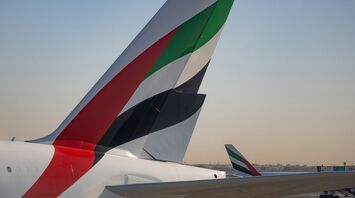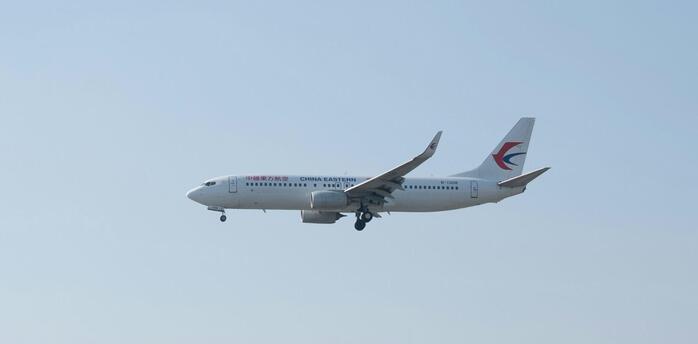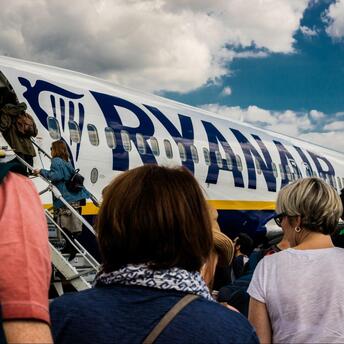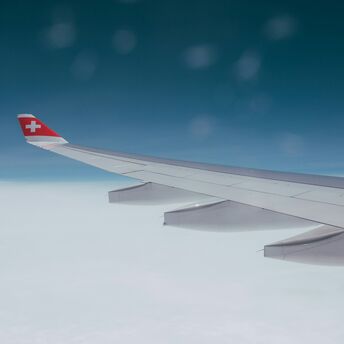Turbulence: Emirates Predicts a Safer Future with AI

Emirates President Sir Tim Clark has highlighted the airline industry's focus on improving turbulence prediction and ensuring passenger safety. Using AI to predict turbulence and better inform passengers and cabin crew, the industry aims to mitigate the risks associated with sudden turbulence.
Sir Tim Clark has been at the helm of Emirates since 2003. At a recent roundtable during the IATA AGM in Dubai, he discussed how the airline industry is responding to recent turbulence-related incidents, including the serious injuries sustained on Singapore Airlines Flight SQ321 over Thailand. The flight from London to Singapore faced severe turbulence, leading to one fatality and dozens of injuries.
Airline Industry's Turbulence Prediction Efforts
Sir Tim Clark emphasized the need for a "measured approach" to turbulence prediction. Emirates and other airlines are collecting data and utilizing AI to develop predictive analytics. This technology aims to provide pilots with better forecasts of weather patterns and turbulence by analyzing wind velocities and jet stream behavior. While predicting turbulence remains challenging, these tools could significantly improve the ability to foresee and navigate turbulent areas.
Enhanced Safety Precautions
In response to increased turbulence concerns, airlines are implementing stricter safety measures. Sir Tim Clark noted that the industry would become more vigilant about ensuring passengers remain seated and buckled up during flights. Singapore Airlines has already revised its seat belt policy, now prohibiting the service of hot food and beverages when the seat belt sign is on.
Passengers might soon see turbulence warnings on in-flight entertainment screens, providing them with timely updates about upcoming turbulence. This proactive approach aims to keep passengers informed and safe. Crew members will also receive more advanced information about potential turbulence, allowing them to prepare and secure the cabin effectively.
Mitigating Turbulence Risks
Aircraft are designed to withstand significant turbulence, but the primary danger lies in passengers and crew being thrown around the cabin. Unfastened individuals are at risk of hitting the ceiling or being ejected from their seats. Larger aircraft and seats located near the center of gravity tend to experience less turbulence, but ensuring everyone is securely fastened remains crucial.
The recent turbulence incident on Singapore Airlines Flight SQ321 underscores the importance of these measures. The flight encountered severe turbulence, resulting in a fatal heart attack and multiple injuries. Singapore Airlines has since apologized and taken steps to enhance passenger safety during turbulence.
Looking Ahead
Sir Tim Clark believes that while turbulence prediction and management are complex challenges, they are "fixable." With ongoing advancements in AI and predictive analytics, the airline industry aims to make air travel safer and more comfortable for passengers. By keeping passengers informed and prepared, airlines can reduce the risks associated with turbulence and ensure a smoother journey for all.



















